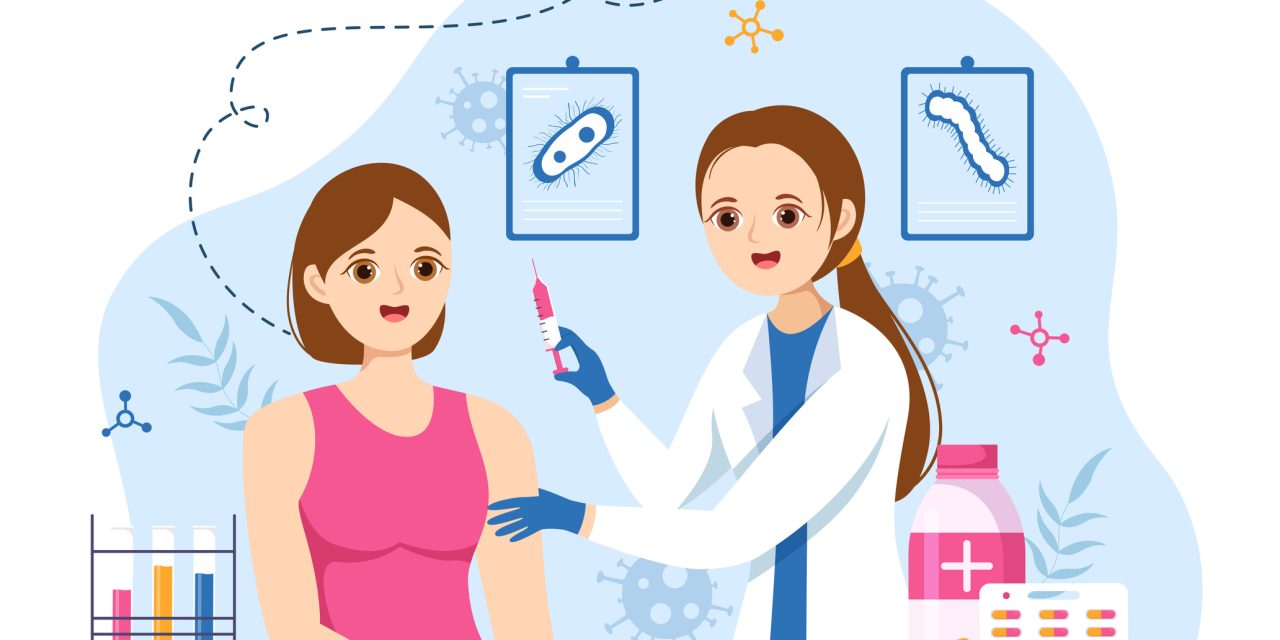Allergic diseases are characterized by overactive type 2 immune responses to allergens and immunoglobulin E (IgE)-mediated hypersensitivity. Emerging evidence suggests that follicular helper T (T ) cells, rather than type 2 T-helper (T 2) cells, play a crucial role in controlling IgE production. However, follicular regulatory T (T ) cells, a specialized subset of regulatory T (T ) cells resident in B-cell follicles, restricts T cell-mediated help in extrafollicular antibody production, germinal center (GC) formation, immunoglobulin affinity maturation, and long-lived, high-affinity plasma and memory B-cell differentiation. In mouse models of allergic asthma and food allergy, CXCR5 T cells, not CXCR5 conventional T 2 cells, are needed to support IgE production, otherwise exacerbated by CXCR5 T cell deletion. Upregulation of T cell activities, including a skewing toward type 2 T (T 2) and IL-13 producing T (T 13) phenotypes, and defects in T cells have been identified in patients with allergic diseases. Allergen immunotherapy (AIT) reinstates the balance between T and T cells in patients with allergic diseases, resulting in clinical benefits. Collectively, further understanding of T and T cells and their role in the immunopathogenesis of allergic diseases creates opportunities to develop novel therapeutic approaches.This article is protected by copyright. All rights reserved.
Roles of follicular helper and regulatory T cells in allergic diseases and allergen immunotherapy.


